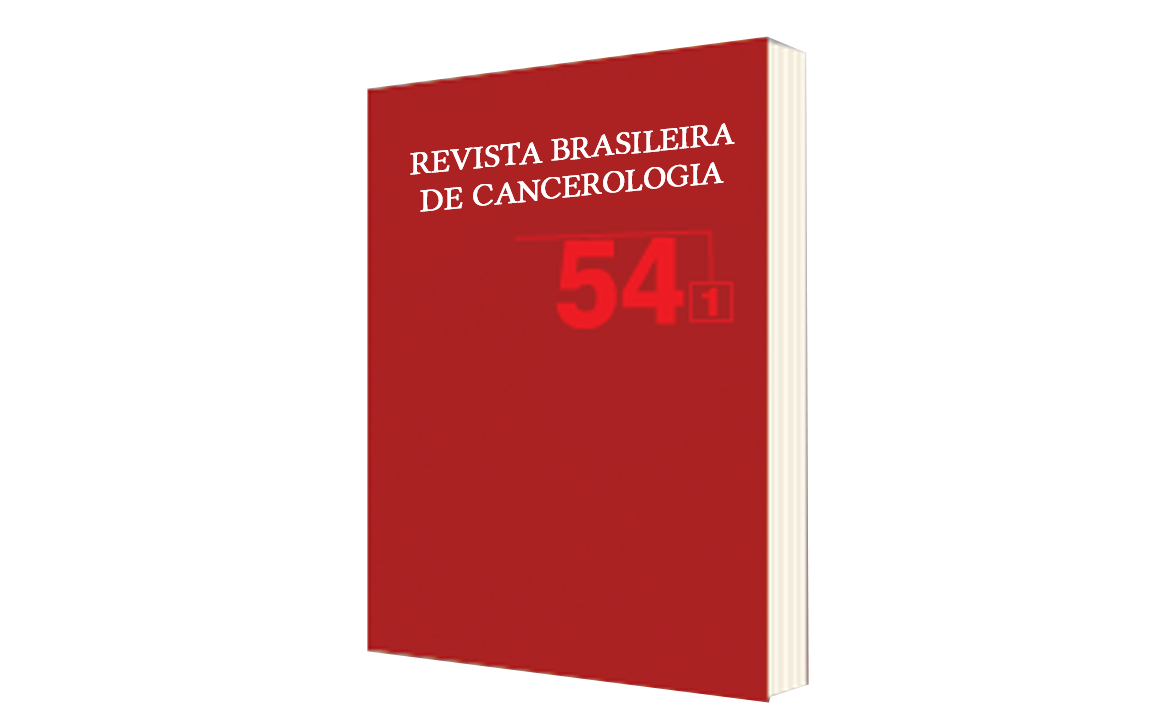Cancer Immunosurveillance and Immunoediting: Clinical Implications and Therapeutic Potential
DOI:
https://doi.org/10.32635/2176-9745.RBC.2008v54n1.1762Keywords:
Neoplasm, Immunosurveillance, Immunoediting, Spontaneous regression, Chronic inflammationAbstract
Cancer is one of the three main causes of death worldwide. Understanding the mechanisms of cell transformation and tumor progression is a crucial issue for the development of new therapeutic tools, particularly in the context of advanced malignant tumors for which the current options are inefficient. The concept of immunosurveillance was originally proposed as the immune system's ability to recognize and inhibit tumor growth. Recent advances in basic immunology suggest an additional concept of immunoediting to describe the selective pressures that shape tumor immunogenicity. A complex array of signaling pathways and cells including NK, NKT, and T-lymphocytes are involved in this process. Immunosurveillance and immunoediting can be reproduced in experimental models, but the two processes cannot be easily confirmed in humans due to methodological limitations. Thus, the present work reviews the history of these hypotheses as well as the current experimental and human data on this theme.









